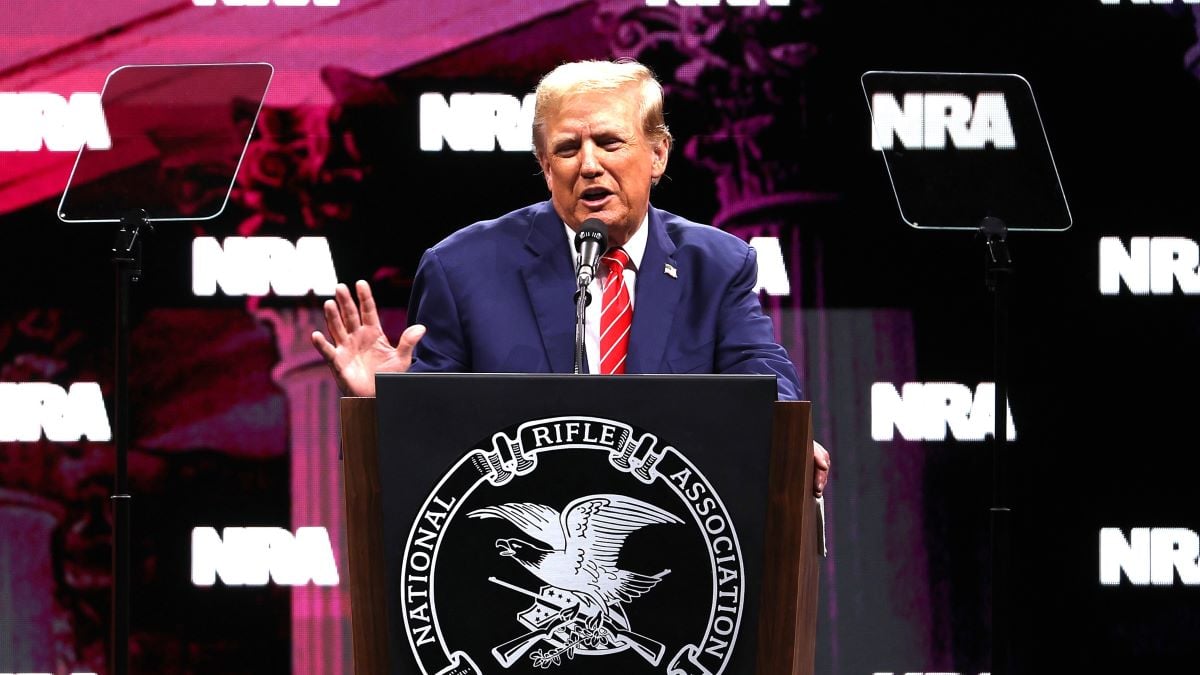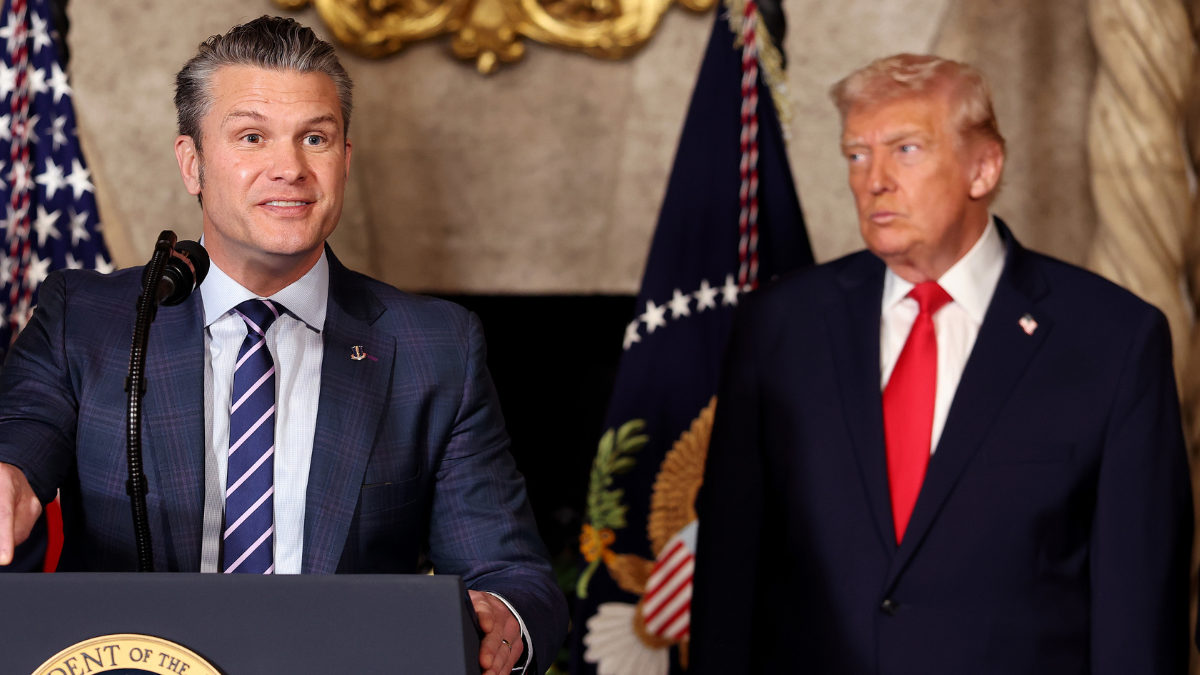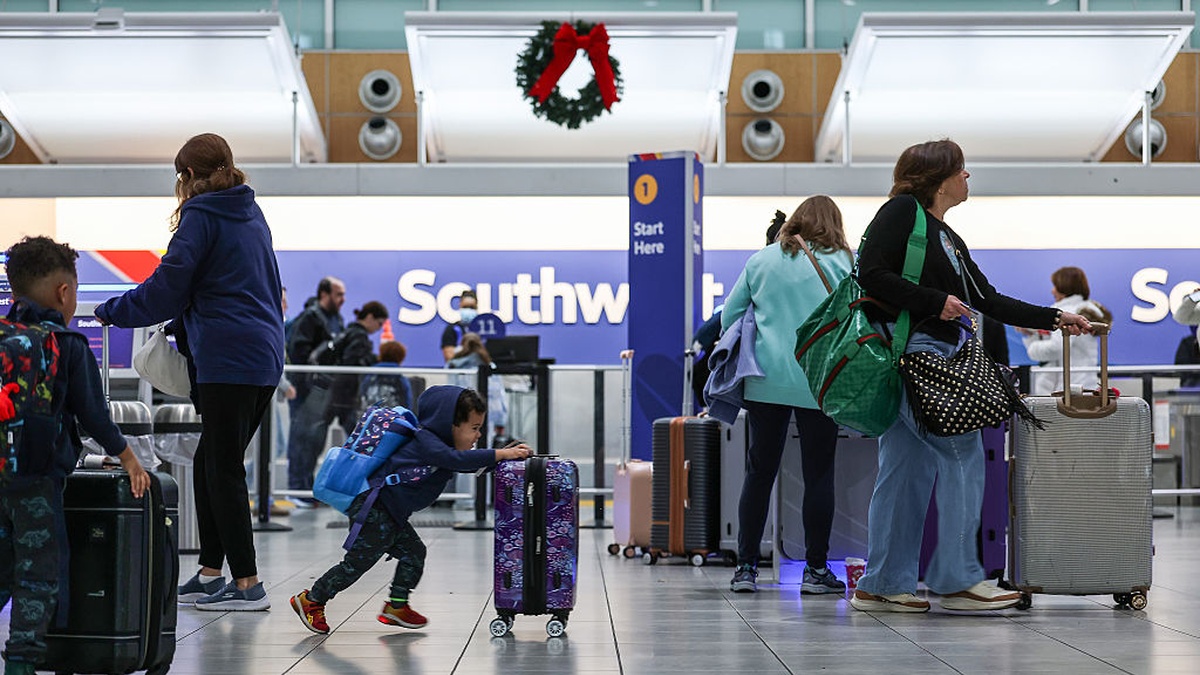The United States is internationally famous for three things: Hollywood, junk food, and mass shootings. It’s also common knowledge that one side of the political aisle is eager to blame everything for causing these tragedies except the actual objects used to do it.
One typical scapegoat is video games. As someone who grew up playing video games, still loves them, and has not killed or even come close to injuring anyone so far, this argument has always missed the point for me.
The people who tend to argue video games are a catalyst to violent behavior are usually older people with no gaming experience, desperate to distract from the fact that guns and lack of gun control are the obvious actual problem
While he was president, Donald Trump was one of those Republicans adamant about blaming video games for gun violence. During a speech in the aftermath of mass shootings in Ohio and Texas in 2019, Trump expressed the need to “stop the glorification of violence,” which now, five years later, sounds rich coming from the same man who recently said the military could be used to deal with what he dubbed “the enemy from within,” “the radical left lunatics.”
Same old story
To his credit, during his August 2019 speech, Donald Trump made some valid points like, “In one voice our nation must condemn racism, bigotry, and white supremacy. These sinister ideologies must be defeated. Hate has no place in America. Hatred warps the mind, ravages the heart, and devours the soul.” While these words are commendable, one cannot help but hear in Trump’s tone that he’s reading a teleprompter speech he had no hand in writing.
Moreover, it is important to remember that this speech occurred years before January 6th, 2021. Not to mention the many other instances wherein Trump employed violence-inducing rhetoric – or downright lied to incite hate, like claiming Haitian migrants are eating Springfield residents’ pets.
Even though he rightfully mentioned mental health as a factor, Trump had to refrain from alienating the Second Amendment enthusiasts who support him. In a conversation the year before, Trump had also addressed how he had been hearing “more and more people saying the level of violence on video games is really shaping young people’s thoughts.”
Many responses have pointed out the fallacies behind Trump’s way of thinking about this issue:
Judging from the multiple studies that have been conducted, while there is some correlation between video games and violence, this is minuscule. As psychologist Jonathan Haidt pointed out in his book The Anxious Generation the main issue is not videogame use but videogame addiction:
“video games in moderation do not seem to be harmful for most children, and yet there is a large subgroup of children and adolescents (in the ballpark of 7%) who end up either truly addicted or else showing signs of what is called problematic use, which means that the activity is interfering with other areas of functioning.”
In the vice-presidential debate, JD Vance argued that to combat school shootings, schools ought to ramp up security and fortify their facilities. In response, Tim Walz brought up the example of Finland, and how, despite a high firearm ownership rate, school shootings don’t happen in the Nordic nation.
Per Walz’s suggestion, it may be time for certain Americans to start looking outside their nation and playing “spot the differences.” What are countries like Finland doing right that America might be doing wrong? That may be the question most worth addressing if the US is to significantly mitigate this rampant issue.











Published: Oct 16, 2024 07:08 am